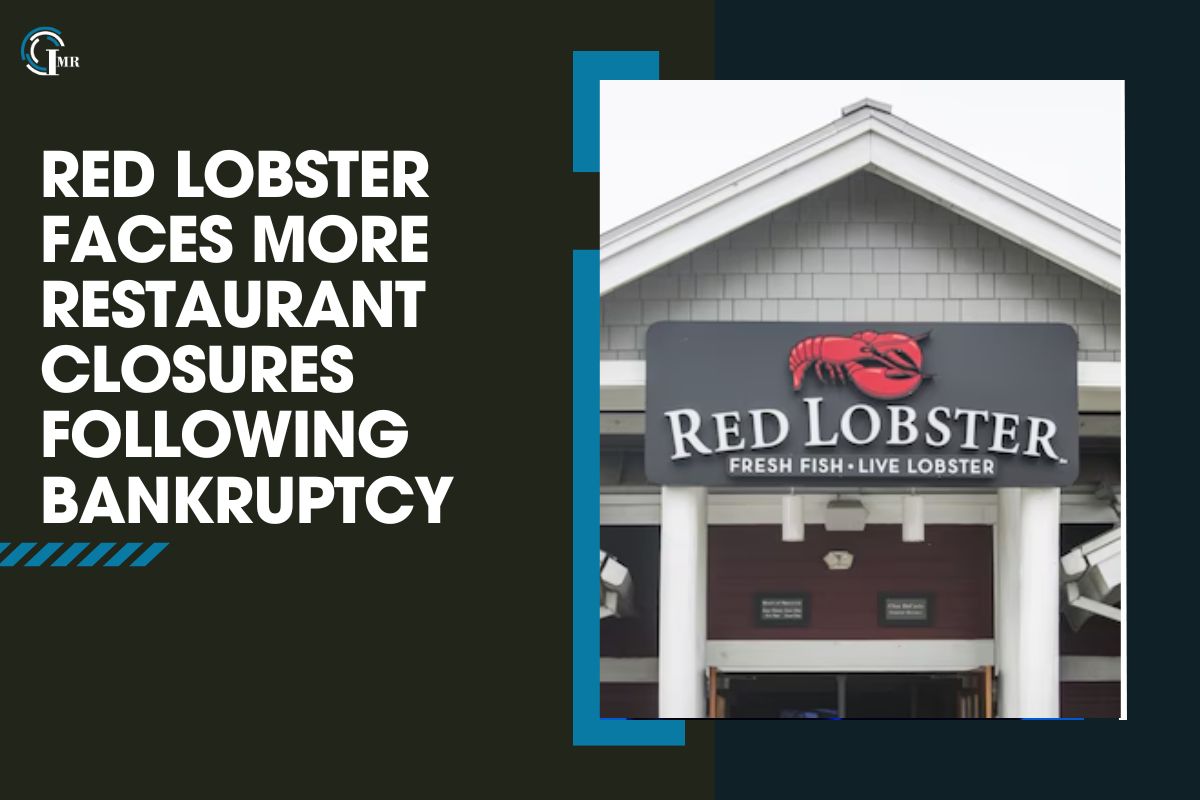(Source – MLive.com)
Red Lobster, the world’s largest seafood restaurant chain, is planning to close several dozen more locations following its recent bankruptcy filing. The chain, which brought affordable shrimp and lobster to middle-class America, has identified the specific restaurants at risk of shutting down if the court approves its restructuring plan.
Last month, Red Lobster filed for bankruptcy, citing more than $1 billion in debt and less than $30 million in cash on hand. The company plans to sell its business to its lenders in exchange for financing to remain operational. As part of this plan, it will close certain locations among its nearly 600 restaurants.
In the weeks leading up to its bankruptcy, Red Lobster abruptly closed around 50 locations across the United States. Recent court filings revealed a new list of restaurants that are in danger of closing if lease renegotiations fail. Among the locations at risk is the iconic Times Square restaurant. Additionally, at least three Red Lobster restaurants in Pennsylvania, located in Chambersburg, King of Prussia, and Pittsburgh, are also on the chopping block.
Red Lobster’s Continuing Financial Woes and Strategic Moves
Red Lobster has been struggling with financial losses for several years, culminating in its bankruptcy filing in May. The company’s precarious financial situation, marked by over $1 billion in debt and dwindling cash reserves, necessitated drastic measures. According to court documents, the latest round of targeted closures could proceed if the company cannot renegotiate leases for these locations.
CNN reports that Red Lobster’s bankruptcy plan involves selling the business to its lenders and receiving funding to stay afloat. This strategy requires the closure of some of its more than 600 restaurants to stabilize its finances. The chain’s history, founded in 1968, saw it grow rapidly and eventually become part of Darden Restaurants, the parent company of Olive Garden. However, Red Lobster was sold to private equity firm Golden Gate Capital in 2014, and since 2020, Thailand-based seafood distributor Thai Union Group has been its largest shareholder.
Impact on the Brand and Future Prospects
The financial troubles and ensuing bankruptcy of Red Lobster highlight the challenges faced by the once-thriving seafood chain. With more than 50 locations already closed this spring and additional closures imminent, the company is undergoing significant restructuring to survive.
The bankruptcy and potential closures mark a critical juncture for Red Lobster. The company, once a symbol of affordable seafood dining, now faces the difficult task of regaining stability and rebuilding its brand. The outcome of the bankruptcy proceedings and the success of lease renegotiations will determine the future of the chain and its ability to continue serving customers.
As Red Lobster navigates through bankruptcy and restructuring, its lenders and new management will need to implement strategic changes to ensure long-term viability. This period of uncertainty presents both challenges and opportunities for the iconic brand to redefine its position in the competitive restaurant industry. The seafood giant’s ability to adapt and innovate will be crucial in overcoming its current financial woes and securing a sustainable future.












